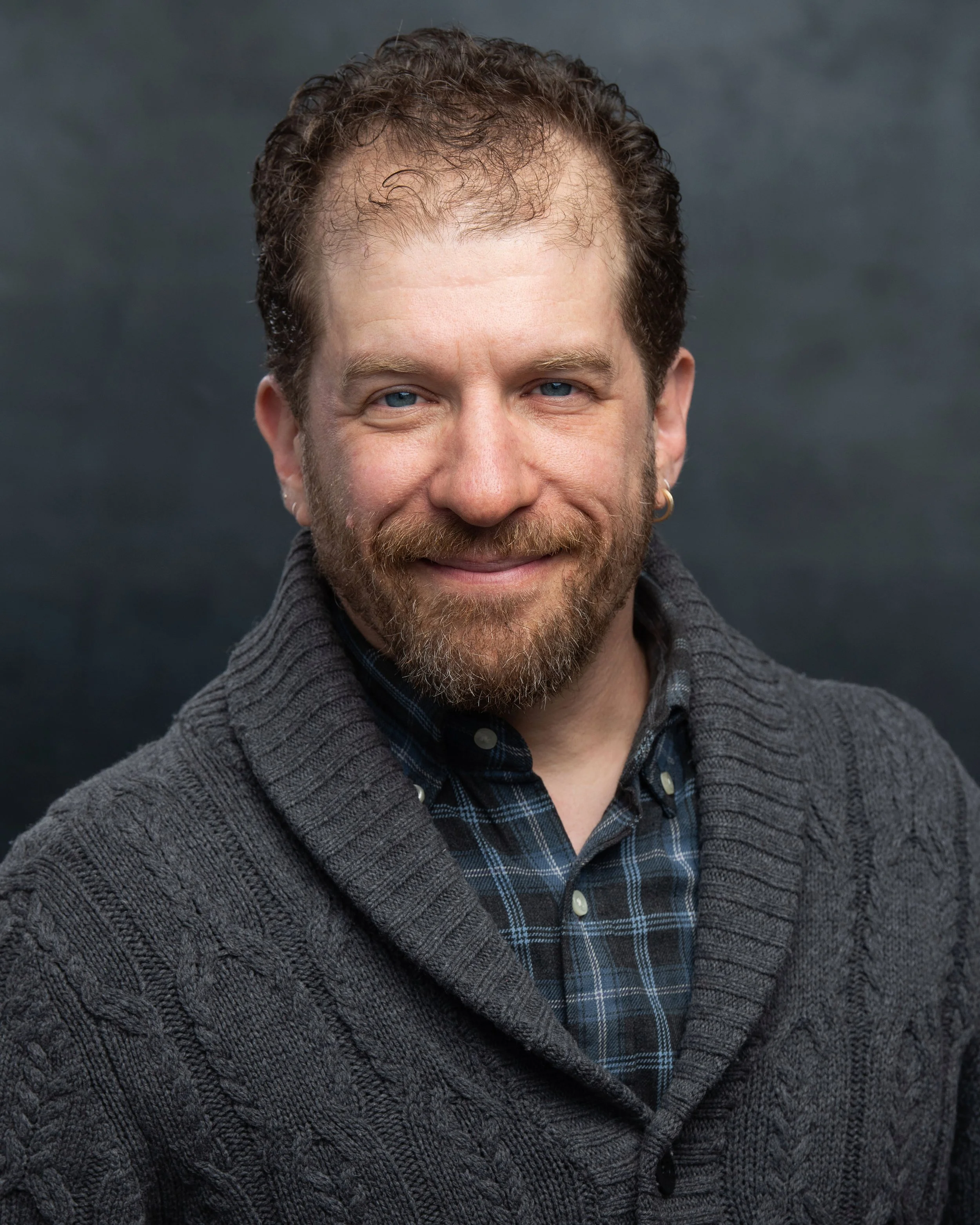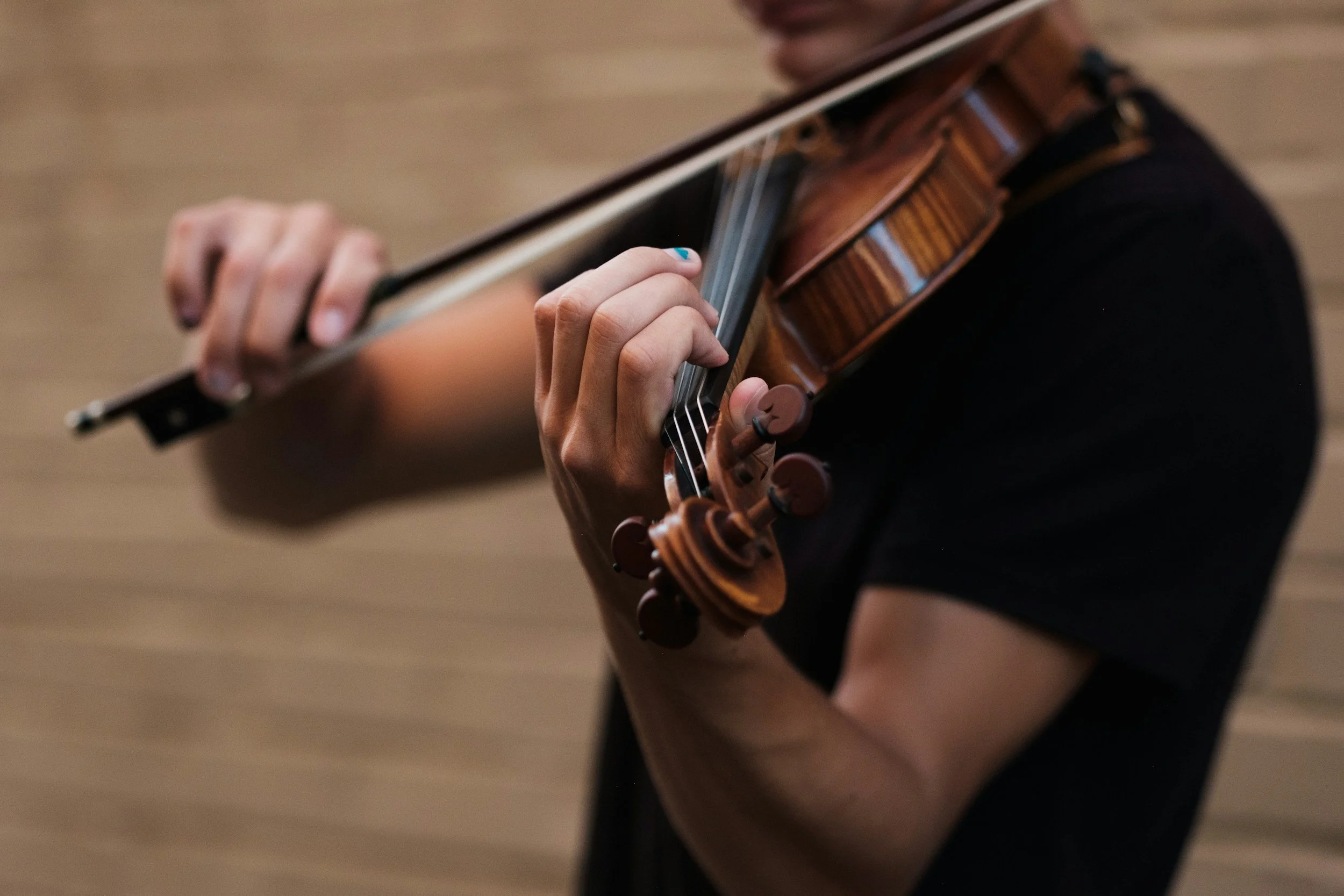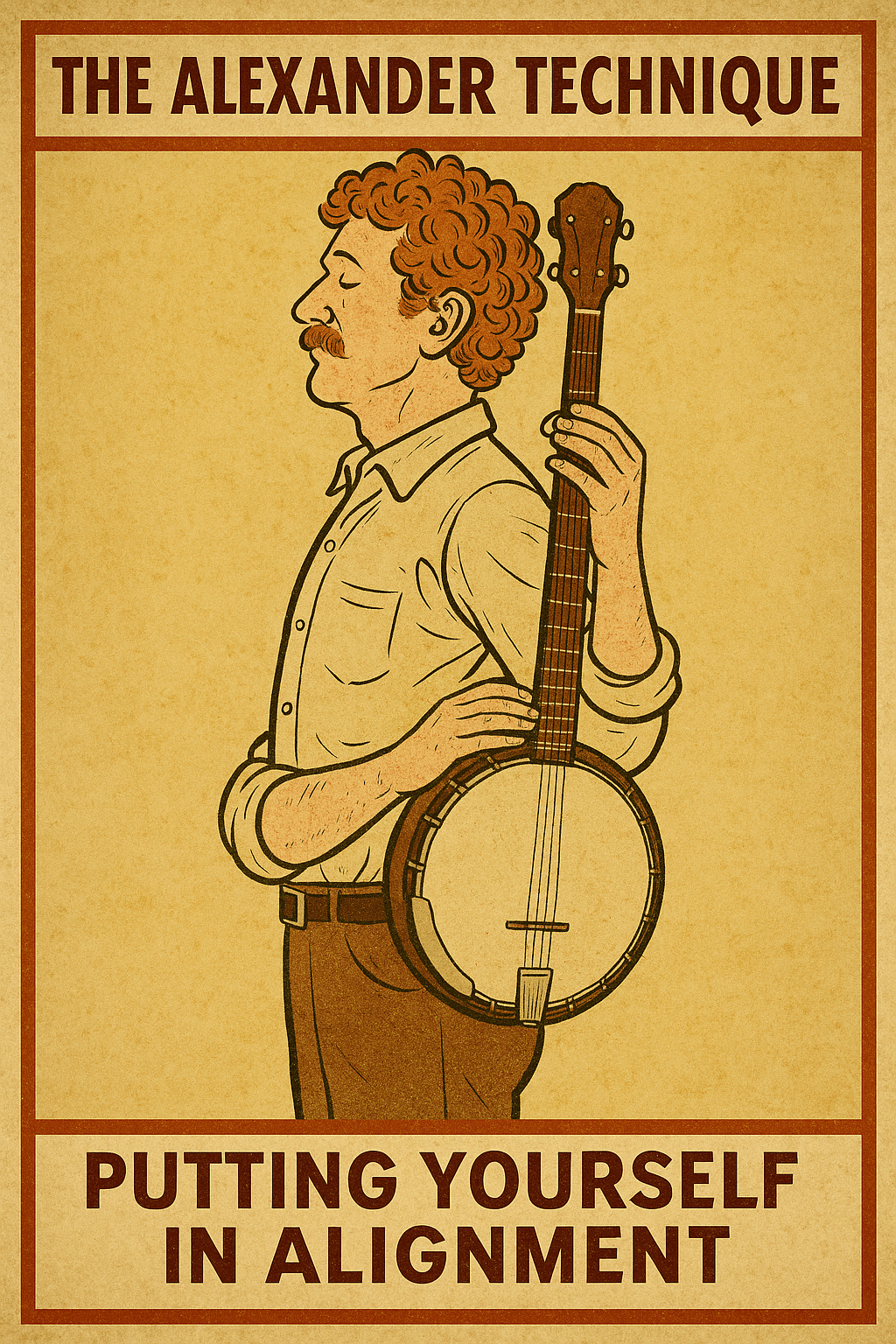“Change involves carrying out an activity against the habit of life.”
— F. M. Alexander (1869-1955)
Private and small group instruction in the Alexander Technique—a 130-year-old method of breath, poise, and “the overall use of oneself”—is now available in the western metro of the Twin Cities (East Edina), given by Spencer Chandler (AmSAT certified as of September, 2025).
To set up lessons, inquire about rates and location, or to ask any and all questions, please use the Contact form.
In the meantime, please read on! You may find many of your questions answered here.
The Alexander Technique for me means…
I came to the Technique to sort out stubborn muscle and joint issues from being an avid musician, and decided to train as a teacher in order to help others find the same kind of freedom in movement and “life with just the right amount of tension.”
The Alexander Technique is quite unlike anything else—and therefore notoriously tricky to describe if one hasn’t experienced it—but its principles are fundamentally simple, enjoyable, and help us perform whatever we choose with greater ease.
The technique has been continuously taught for about 130 years, since the late 19th century, and while it has branched and evolved, the core ideas remain unaltered. Countless people from all walks of life—from the so-called “rich and famous” to everyday folks—find lessons to be practical, helpful, pleasant, and worthwhile. For many it’s life-changing, for others a handy tool. Young and old alike can benefit, and across the board people say that having lessons is one of the best investments in themselves they’ve ever made.
Spencer Chandler, M.AmSAT
Certified Member of the American
Society for the Alexander Technique
Some of the benefits of lessons in the
Alexander Technique
Improved balance
Refined performance skills
Ease of breathing
Reduced back & neck pain
Movement with less effort
Restored height
Newfound poise
Pain management
Addiction, trauma, ADHD support
Effective for people with Parkinson’s
-
Frederick Matthias (FM) Alexander (1869-1955) was born in Australia and began his professional life as an actor/reciter. Plagued by recurring bouts of hoarseness that threatened to derail his new career, he developed a system to prevent the misuse of his vocal and whole-body mechanisms. It was so successful and transformational that others in the performing arts and related professions (politicians, clergy, and others who used their voice and body directly in their work) sought him out for lessons. The demand was great enough that he switched to teaching full time.
In the course of receiving instruction, pupils noted not just improvement in the areas that had troubled them initially (voice production, breathing, etc) but that a general improvement in their whole “use of themselves” came about, resulting in better balance, improved digestion, fewer headaches, more comfortable sleep, and so forth. This expanded the circle of pupils who came to Alexander for lessons, and in the early 20th century he moved his practice to London where he went on to write four books, train a new generation to teach his methods, and continued to teach until shortly before he passed away at the age of 86.
-
To say that the Alexander Technique is for everyone may sound too broad, but by and large it is true.
Based on universal principles common to all human beings, AT can be introduced and adapted to meet the needs of individuals wherever they are on life’s path.
Children as young as about 8 can be given age-appropriate and simplified experiences, and there really is no upper limit. As the principles relate more to the mental rather than physical, anyone whose mind is alert and can discern in matters of timing, judgment, and choice of movement can incorporate AT into either a more sedentary or highly active life.
Traditionally, it has been actors, musicians and dancers who take to the Alexander Technique most immediately, with athletes and physical laborers who use their bodies on a daily basis a close second. Tied for second would be anyone who uses their voice (teachers, politicians, salespeople, clergy) on a regular basis.
In third place one could say “the rest of us”—as in anyone who has a phone, has to get in and out of chairs, in and out of bed, brush their teeth, prepare a sandwich, drive or ride in a car, sit for periods of time to do work or attend a concert—in short, the whole human family!
-
The classic method of instruction for the Alexander Technique has always been one-to-one, teacher to pupil, for a minimum of about 30 minutes to an upper maximum of about 75 minutes. Average length of a weekly lesson in the modern era is usually 45 minutes, or the better part of an hour, with time to transition into the space and leave without feeling rushed.
Everyday clothing is expected. Lessons can be conducted at a pupil’s home or work location, but if a teacher has a dedicated teaching space (as I do), it can aid the learning process to have a neutral area with room to move around, a few chairs, a mirror, and a table upon which to lie for some horizontal (supine) work.
Small group instruction may be arranged, with a low ratio of teacher to pupils. Participants will ideally “be on the same page” in some regard, such as college musicians or senior citizens, or else have had a similar amount of private lessons before going on to study as a group.
The Alexander Technique has customarily involved gentle, non-invasive hands on guidance, akin to a kind invitation or direction, which can be modified to suit people’s individual comfort on any given day. Most people find the “Alexander touch” to be calming and soothing, safe and supportive, and it is indeed one of the hallmarks and distinguishing characteristics of a qualified Alexander teacher. Having said that, it is important that pupils feel that they can, at any time, ask for physical contact to lessen or stop, for any or no reason.
The traditional Alexander lesson has some reliable features around the world: a student, fully clothed, standing in a room, perhaps in front of or behind a chair, with a teacher nearby communicating with words and hands aspects of the technique relevant to the pupil’s current state. The pupil may be guided in and out of the chair a few times using Alexander principles, or new ideas (directions) may be introduced while sitting. There are various procedures and “games” that the teacher may employ to illustrate concepts relevant to the pupil.
After this period of “chair work,” the pupil will be invited to lie down on a comfortable table: shoes off, feet flat and knees pointed up at the ceiling, hands resting on the abdomen, and head supported by a few books. This is known as “semi-supine” and the teacher will move around the table, using hands and conversation to bring about very subtle adjustments to length and width, encouraging the release of muscles and movement of joints in a way that is neither massage nor chiropractic. This is typically one of people’s favorite portions of an Alexander lesson, and when doing a lie down at home in between lessons, many are able to recall the teacher’s words and the physical changes brought about, thus deepening the work and enhancing the progress of learning.
After the lie down portion of the lesson, remaining time may be spent reviewing work from the first part of the lesson with refreshed awareness, or a new procedure or game may be introduced for follow up at the next lesson. Musicians sometimes bring their instruments for direct feedback from the teacher, or an actor might use a portion of a monologue to work on while incorporating the Alexander principles in real time. Golfers may bring a club or two to work on their swing!
-
45 minute lessons are offered at a rate of $30-70, sliding scale.
The time allotted for instruction is based within the hour, allowing time for your arrival, settling in, use of the restroom etc, and time to wrap up comfortably without feeling rushed.
Lessons shorter and longer may be priced accordingly.
In modern times, weekly lessons are common. Daily or every-other-day lessons may be arranged at a special rate. In Alexander’s era, pupils came for a course of lessons, a total of 30 30-minute lessons, every day for three weeks, then tapering off to three times a week, then twice a week, and so forth until complete. While this may no longer be practical for most people, it gives us a clue that a series of lessons closer together at first can be beneficial to the learning process.
Cash, Venmo, personal checks and Zelle (for established clients) are all welcome.
For those wishing to pay for a series of lessons at one time, discounts of 10% or more can be arranged.
Customary cancellation notice of 12-24 hours before a scheduled lesson is always appreciated.
-
The teaching space (or clinic, as the British like to say) for Alexander Technique of Edina is to be found at 4445 West 77th Street in Edina. It is easy to get to coming from either Hwys 100 or 494. You can also come from France Blvd, as the building is not far from Centennial Lakes. The location offers ample parking on three sides, and when you arrive (especially for a first visit), come and have a seat in the lobby and I’ll come meet you at the appointed time.
The teaching space is shoes-off, so please have a pair of socks handy if you need, but barefeet are fine. We will be on the 2nd floor, and there is an elevator if needed. There are many great places to eat, drink, and shop in the area; favorites include Trader Joe’s, Hope Breakfast Bar, Master Noodle, Q Cumbers, World Market, and more.
-
People from all walks of life—any or no profession, from students to retirees, amateurs to professionals, hobbyists, athletes and couch potatoes—come one, come all! Alexander Technique is applicable to any activity, and non-exercise based. Whatever you do as a carbon-based life form with your time on this planet, AT is here to meet you where you are.
Marjorie Barlow, Alexander’s niece and herself an AT teacher of many decades, said “It’s like sticking plaster; it works wherever you apply it!”
-
Alexander Technique is unique in that it is an educational (or reëducational!) mind-body approach that can be added safely and effectively to anything you already do.
There are no proscribed exercises, per se, though people report feeling relief from aches and pains in a way similar to seeing a PT.
It is not a massage, though people report feeling calmer, lighter, more grounded, more relaxed and released after a lesson.
It is not a chiropractic adjustment, though people report significant reductions in back and neck pain after a course of lessons, a reduction that continues to endure months and even a year later (when asked to report).
If you are seeing a PT, massage therapist, or chiropractor already, having a few lessons in the Alexander Technique can be very beneficial for getting the most out of your time with those practices.
Personally, my care regimen before learning AT was to accept that playing live music weekly would bring about a certain amount of strain and discomfort, and that driving around town would cramp my legs and hips, so seeing a massage therapist regularly was the antidote for that. And it worked as a rhythm of pain/strain to release/relief.
When my massage therapist had to take a leave of absence due to an injury, I didn’t want to replace her with another therapist (my hope was that her recovery would be reasonably quick and she’d be back at work before long). But I remembered that there was a modality where one learned how not to get tense to the point of pain and strain in the first place.
So I signed up for a week’s worth of morning sessions at the U of M for an AT for Musicians Workshop, noticed a big shift in how I thought about and approached making music (or doing any activity, really) and decided to keep going.
Now, if and when I go for a massage, it can either be elective, for pleasure, or emergency, for a sudden seizing up of some kind. But it is no longer a necessary weekly maintenance routine. By learning the Alexander Technique, you become your own first line of defense against the aches and pains of living.
Knowledge of and skill in the Alexander Technique changes the way you use yourself, and how you use yourself affects the way you function.
Quotations of Interest
You are not here to do exercises, or to learn to do something right,
but to get able to meet a stimulus that always puts you wrong and to learn to deal with it.
F.M. Alexander (1869-1955)
-

The many obvious benefits that the technique afforded us as actors included minimized tension, centeredness, vocal relaxation and responsiveness, mind/body connection and about an inch and a half of additional height. In addition, I have found in the ensuing years great benefits in my day to day living.
Kevin Kline
-
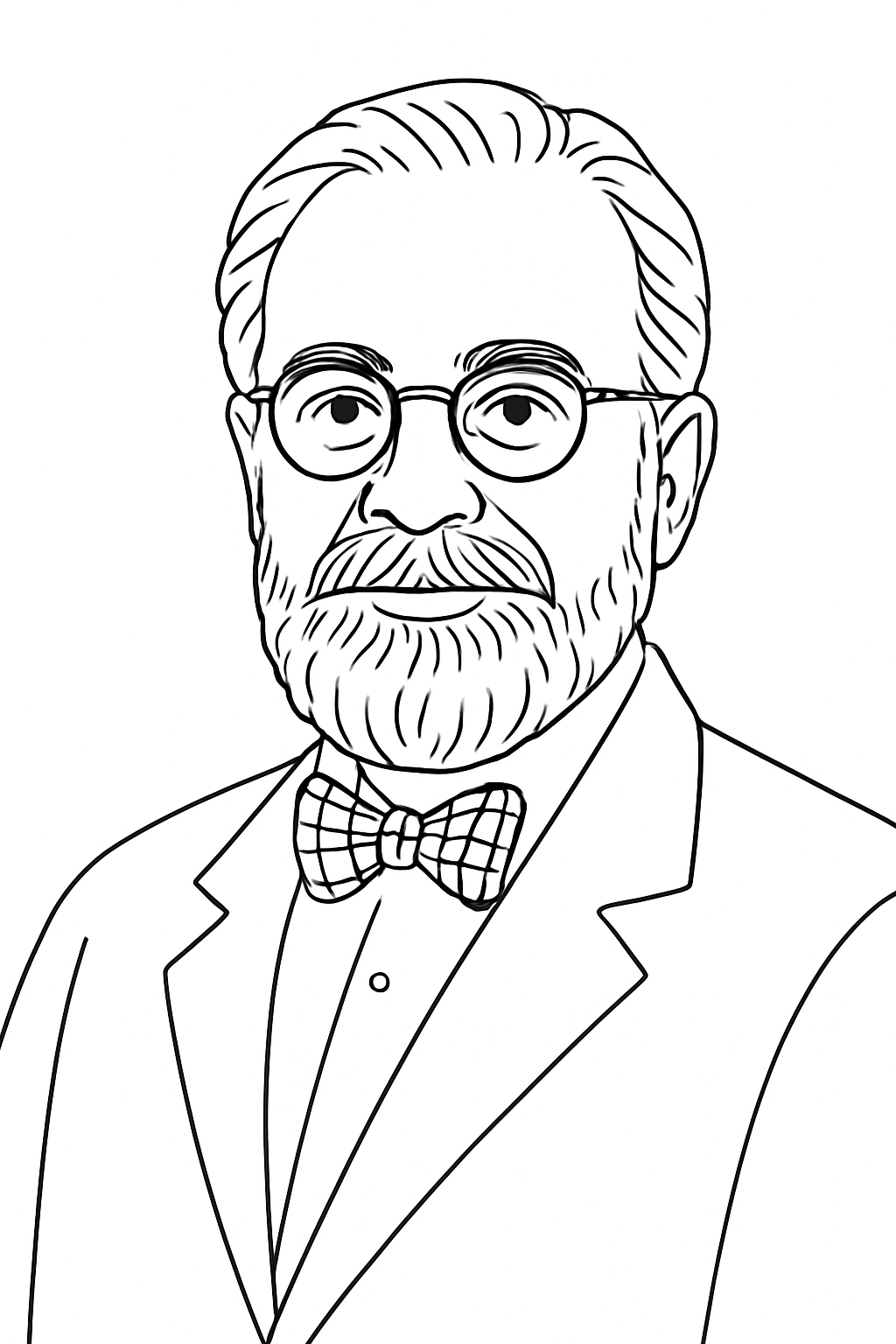
97% of people with back pain could benefit by learning the Alexander Technique—it is only a very small minority of back pain sufferers that require medical intervention such as surgery.
Dr. Jack Stern
-

The Alexander Technique gave me a glimpse of the possibility of freedom.
Edna O’Brien (1930-2024)
-

Alexander established not only the beginnings of a far reaching science of the apparently involuntary movements we call reflexes, but a technique of correction and self-control which forms a substantial addition to our very slender resources in personal education.
George Bernard Shaw (1856-1950)
-

I was born with no natural aptitude. I wasn't pretty. I moved with no grace at all. I auditioned for the London Academy of Musical and Dramatic Arts but was not accepted. When I was finally admitted to Central School of Speech and Drama and showed up at my first movement class with my hump back and wearing a leotard, the movement teacher said, 'Oh God'. He sent me to the head of the school who then sent me to study the Alexander Technique with Dr. Wilfred Barlow. That whole semester I took Alexander lessons instead of attending movement classes which helped me enormously in my training and in subsequent years in my acting work. Now I can play people who are graceful and beautiful.
Lynn Redgrave (1943-2010)
-
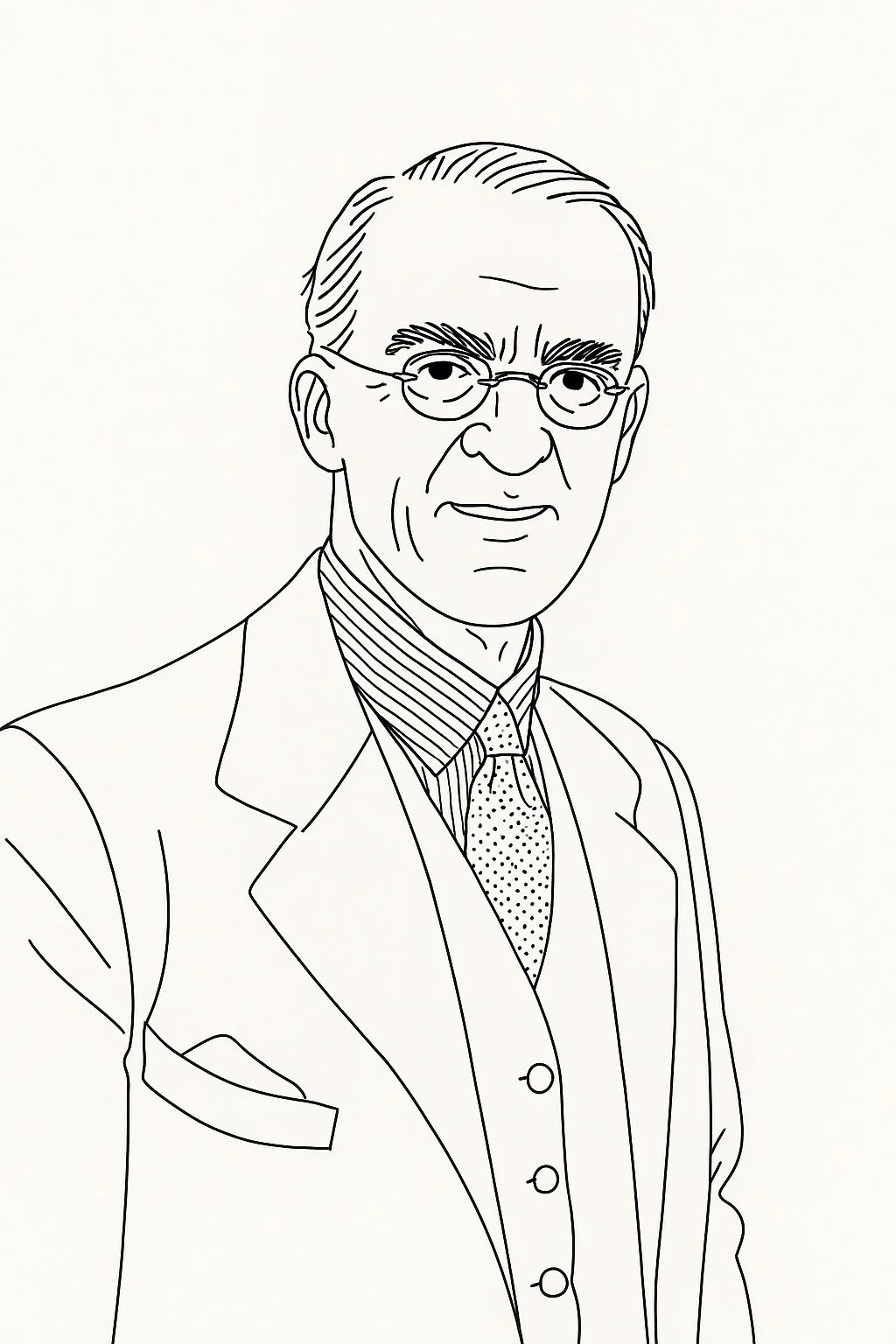
I regard it as one of the fortunate experiences of my life that I should have met F. Matthias Alexander at a time when I had been suffering physically for many years. There can be no doubt as to the value of his technique judged by the practical results which I myself have experienced.
Sir Stafford Crips (1889-1952)
-

I was dubious about the effects of the Alexander Technique when I first went in to experience it, but I found out almost immediately that the benefits were total—both physically and mentally—and, happily, have also been long-lasting.
Joanne Woodward
-
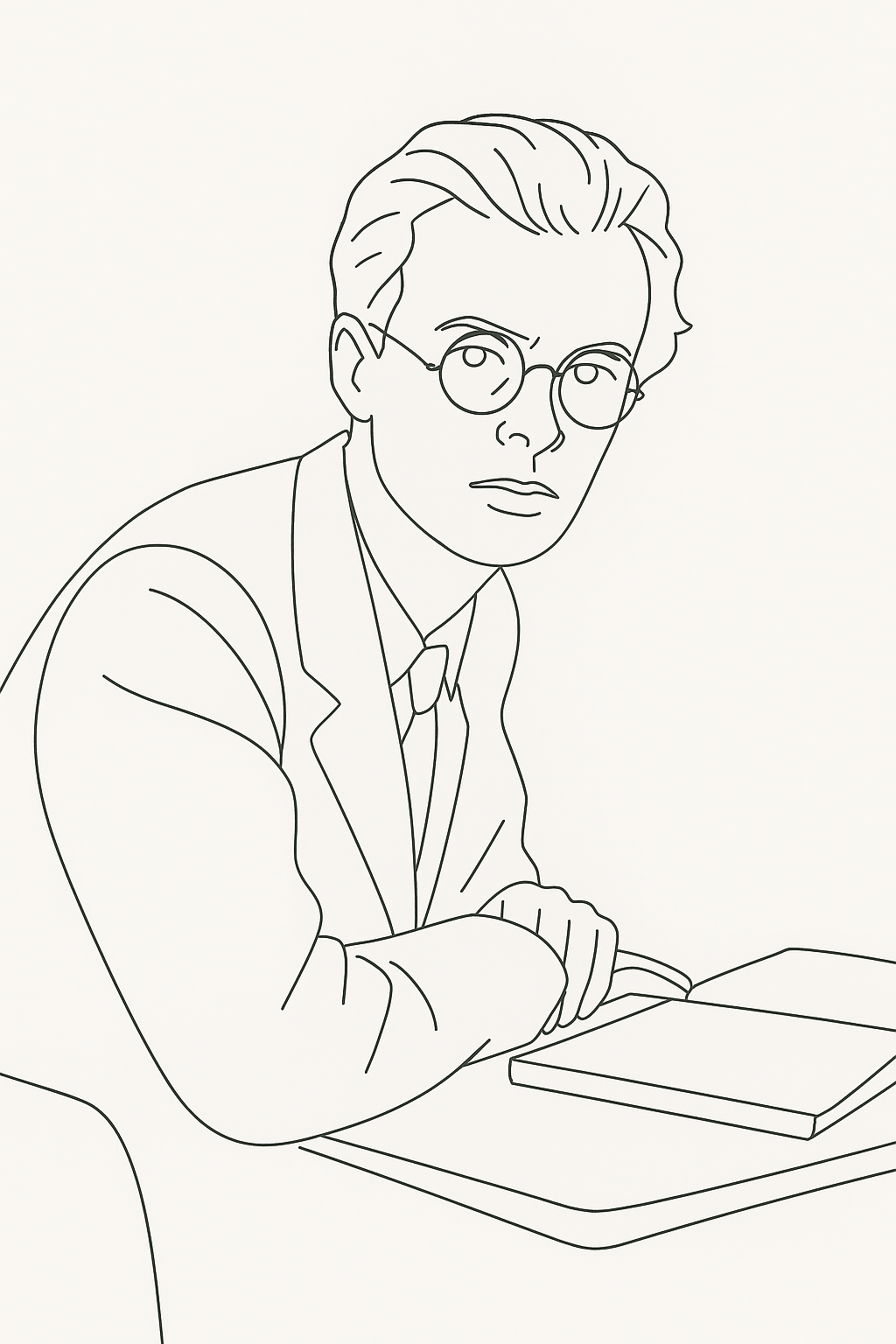
I have given a good deal of attention to some of the various methods [of physical education], and have formed a definite opinion as to which is the best of those that came under my observation. I should, without hesitation, give First Place to the system associated with the name of Mr. F. Matthias Alexander. He has secured remarkable results.
Aldous Huxley (1894-1963)
-

The Alexander Technique helped a long-standing back problem and to get a good night's sleep after many years of tossing and turning.
Paul Newman (1925-2008)
-
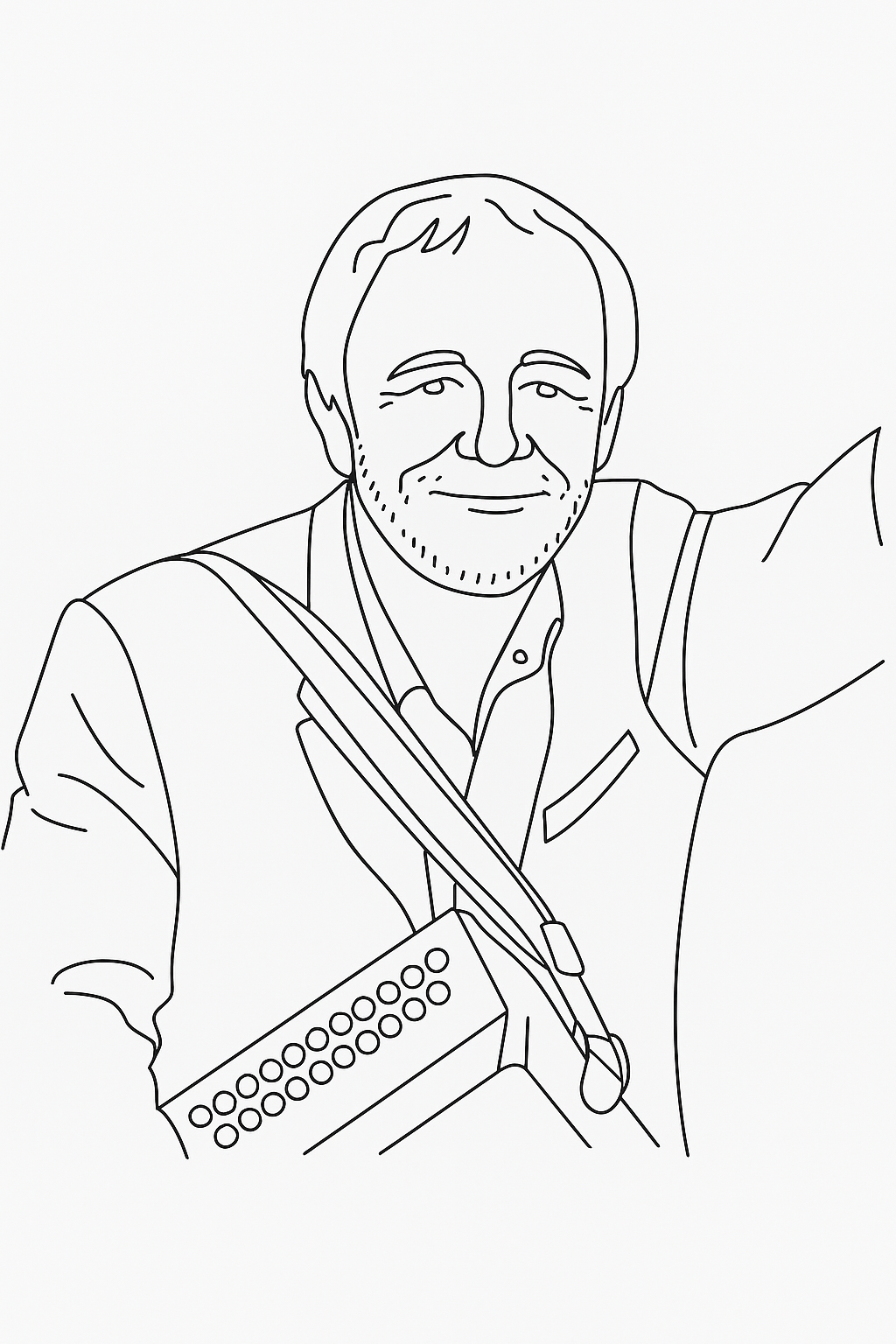
After an Alexander session it felt like someone had poured a full canister of three in one oil into my neck. After two sessions, I felt 20 years of neck tension fade away and I felt my chest naturally expand. I used to wrap myself round my instrument for years and when your head is inside the music, it's like an anaesthetic, you don't feel the discomfort but I gradually became aware of how I had been causing myself problems. I feel I have a greater sense of control when I'm playing if I consciously relax and it's easier overall, particularly if I'm playing something that is technically difficult.
Máirtín O'Connor
-
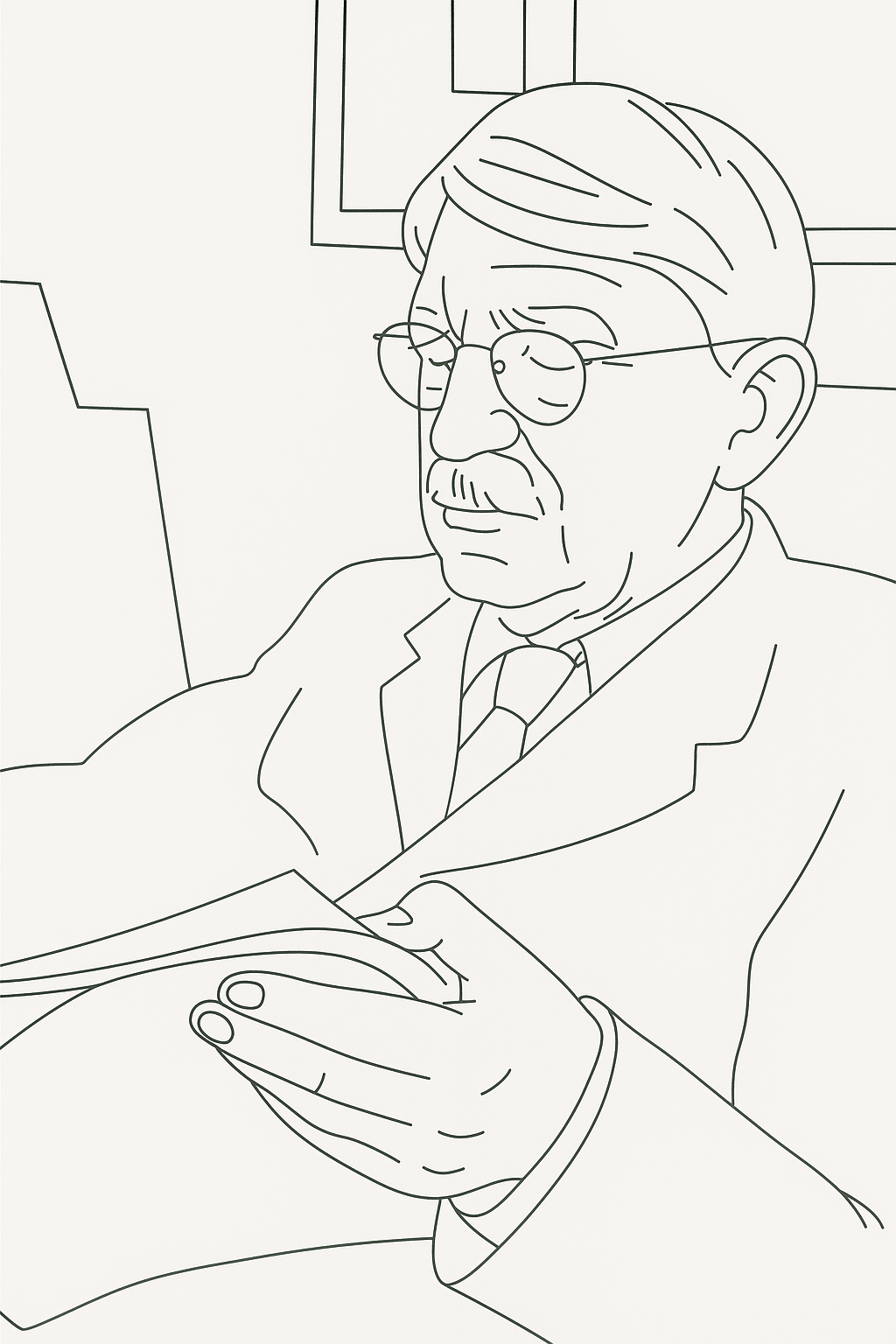
It is one thing to teach the need of a return to the individual man as the ultimate agency in whatever mankind and society collectively can accomplish. It is another thing to discover the concrete procedure by which this greatest of all tasks can be executed. And this indispensable thing is exactly what Mr. Alexander has accomplished.
John Dewey (1859-1952)
-

I find the Alexander Technique very helpful in my work. Things happen without you trying. They get to be light and relaxed. You must get an Alexander teacher to show it to you.
John Cleese
-

This story of perceptiveness, of intelligence, and of persistence shown by a man without medical training, is one of the true epics of medical research and practice... many types of under-performance and even ailments, both mental and physical, can be alleviated, sometimes to a surprising extent, by teaching the body musculature to function differently.
Prof. Nikolaas Tinbergen (1907-1988)
-

The Alexander Technique has helped me to undo knots, unblock energy and deal with almost paralyzing stage fright.
William Hurt (1950-1922)
-

Mr. Alexander has done a service to the study of man by insistently treating each act as involving the whole integrated individual, the whole psycho-physical man. To take a step is an affair, not of this or that limb solely, but of the total neuro-muscular activity of the movement—not least of the head and neck.
Sir Charles Sherrington (1857-1952)
Contact
4445 West 77th Street
Edina, MN 55435
Hours
By appointment
Phone
(612) 440-0613

